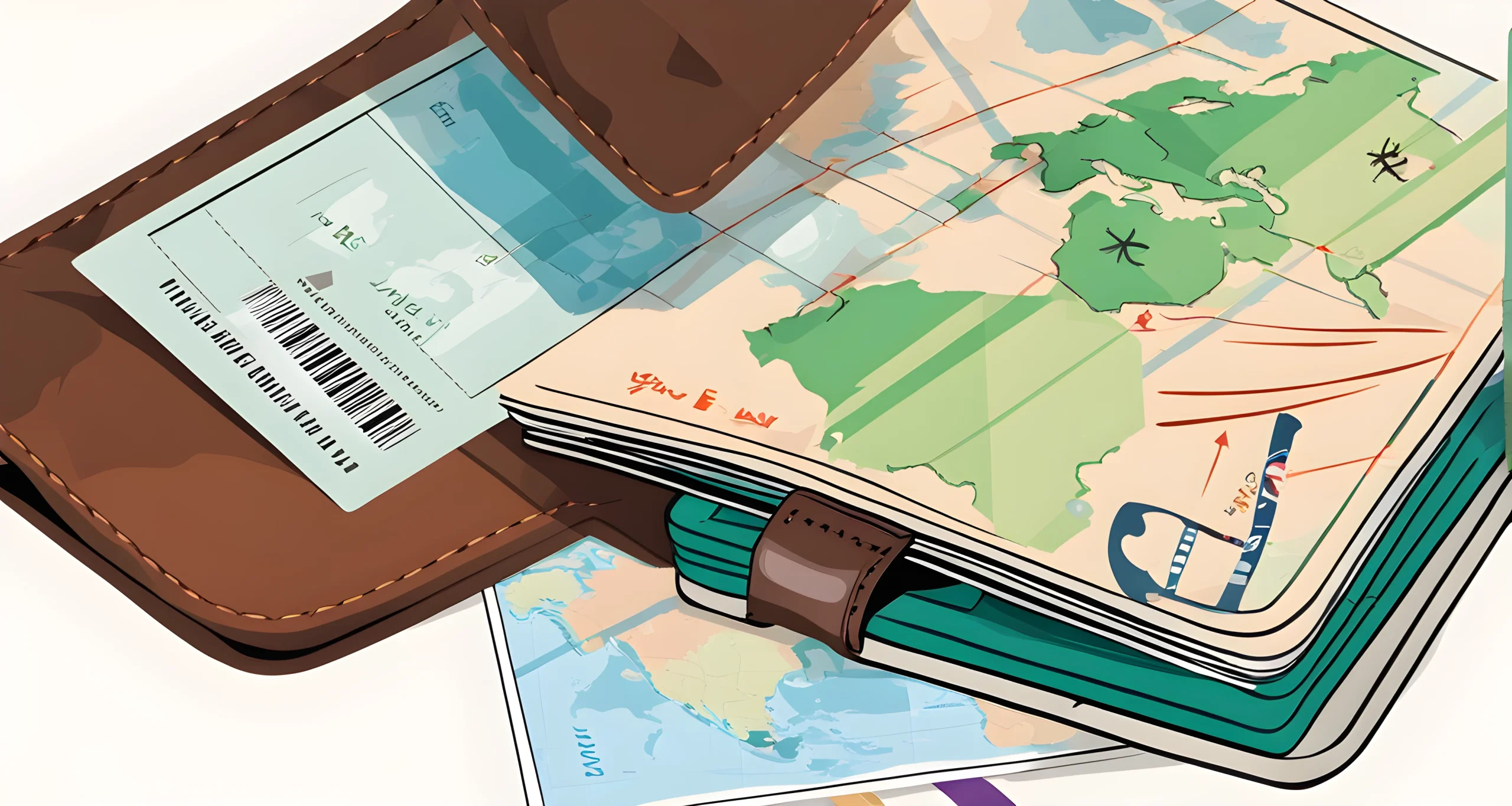Introduction
Solo Travel: Tips for Saving Money
As a solo traveler, one of the most important factors to consider is how to save money while still enjoying a memorable experience. Traveling in the off-season can not only save you money but also provide a more authentic experience. By avoiding peak tourist times, you can take advantage of lower prices for flights, accommodations, and activities. This can make a significant impact on your overall expenses, allowing you to stretch your budget further.
Benefits of Off-Season Travel
When planning your solo adventure, consider the benefits of traveling during the off-peak season:
- Cost Savings: Enjoy lower prices for flights, accommodations, and activities.
- Authentic Experience: Immerse yourself in the local culture without the crowds.
- Flexibility: With fewer tourists around, you have more flexibility in your travel plans.
- Less Stress: Avoid long lines and crowded attractions, making for a more relaxed vacation.
Making the Most of Your Budget
In addition to saving money through off-season travel, there are other ways to stretch your budget:
- Choosing Budget-Friendly Destinations: Research destinations that offer affordable options for solo travelers.
- Creating a Detailed Travel Budget Spreadsheet: Keep track of all expenses to stay within your budget.
- Refining Your Budget: Continuously evaluate and adjust your budget to ensure maximum savings.
- Budgeting by Item or Category: Categorize expenses to prioritize where you want to spend or save.
By taking advantage of these tips and tricks, solo travelers can make the most of their budget while still enjoying an incredible travel experience. In the following sections, we will explore each of these strategies in more detail to help you plan and execute a successful budget-friendly solo trip.
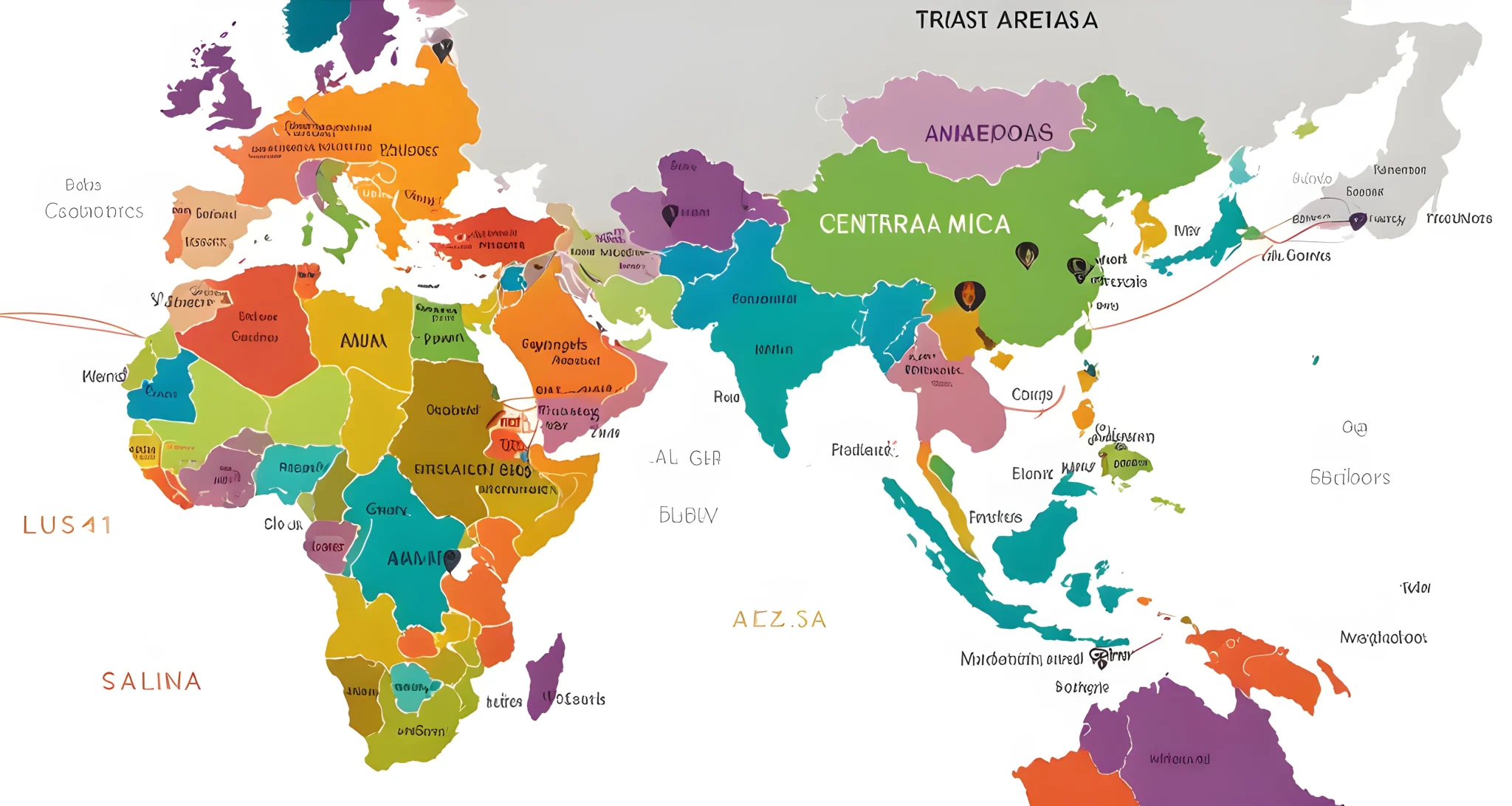
Choosing Budget-Friendly Destinations
When planning a solo trip, one of the most important factors to consider is choosing budget-friendly destinations. By opting for destinations that are more affordable, you can stretch your travel budget further and make the most of your experience. Here are some tips for choosing budget-friendly destinations:
Research Off-the-Beaten-Path Locations
- Look for destinations that are off the beaten path, as they tend to be more affordable and less crowded than popular tourist hotspots.
- Consider countries in Eastern Europe, Southeast Asia, or South America, which often offer cheaper accommodation, food, and activities.
Explore Experiential Accommodation Options
- When considering accommodations, think outside the box and explore experiential options such as hostels, guesthouses, or homestays. These alternatives to traditional hotels not only offer a more immersive experience but also tend to be more budget-friendly. By choosing unique accommodations, you can enhance your solo travel while saving money.
Take Advantage of Budget Travel Resources
- Use online resources such as Budget travel tips to find information on budget-friendly destinations and money-saving travel hacks.
- Join travel forums and communities to get insights from other solo travelers on affordable destinations and cost-saving strategies.
Consider Seasonal and Off-Peak Travel
- Opt for traveling during the off-peak season or shoulder seasons when prices for accommodation and flights tend to be lower.
- Research destinations where you can take advantage of seasonal discounts or special promotions.
Embrace Slow Travel
- Instead of trying to cram multiple destinations into a short period, consider staying longer in one location to reduce transportation costs and take advantage of weekly or monthly accommodation discounts.
- Embracing slow travel also allows you to immerse yourself in the local culture and experience a destination more deeply.
By choosing budget-friendly destinations, you can make the most of your solo travel experience without breaking the bank. From researching off-the-beaten-path locations to embracing slow travel, there are plenty of ways to explore the world on a budget. With careful planning and a sense of adventure, you can embark on a solo journey that is both enriching and affordable.
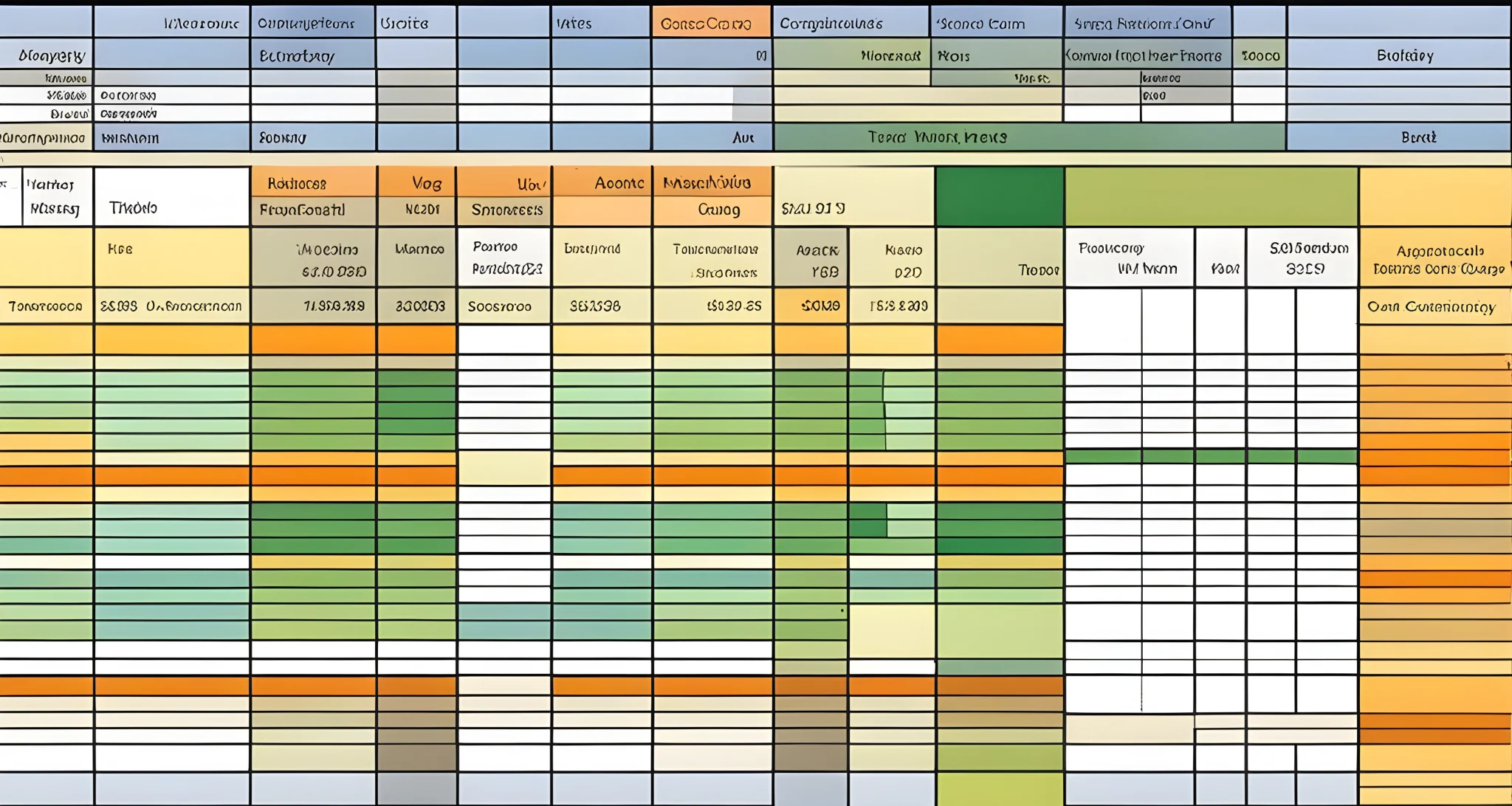
Creating a Detailed Travel Budget Spreadsheet
When planning a solo trip, it’s crucial to have a detailed travel budget in place to ensure you don’t overspend. One effective way to manage your finances is by creating a detailed travel budget spreadsheet. This will help you keep track of all your expenses and avoid any financial surprises during your trip.
Research Local Transportation Options
In addition to considering flight options, it’s also important to research local transportation options at your destination. Using public transportation such as trains and buses can be significantly cheaper than relying on taxis or private transportation. By planning ahead and budgeting for transportation costs, you can optimize your solo travel budget.
Accommodation Costs
Researching budget-friendly accommodations is essential when creating a travel budget spreadsheet. Consider staying in hostels, guesthouses, or using platforms like Airbnb or Couchsurfing to find affordable lodging options. For more tips on budget accommodations, check out the article on Stay for free hacks.
Food and Dining Expenses
Food expenses can add up quickly while traveling, so it’s important to allocate a portion of your budget for dining out and groceries. Consider cooking some of your meals or opting for street food to save money on food expenses.
Activity and Entertainment Costs
Include a section in your budget spreadsheet for activities and entertainment. Research free or low-cost attractions at your destination, such as parks, museums with free admission days, or walking tours. By planning ahead, you can enjoy the sights without breaking the bank.
Miscellaneous Expenses
Don’t forget to account for miscellaneous expenses such as souvenirs, toiletries, and unexpected costs that may arise during your trip. Having a buffer for these expenses will prevent any last-minute financial stress.
Currency Exchange and Fees
Factor in currency exchange rates and any associated fees when creating your travel budget spreadsheet. Consider using a credit card with no foreign transaction fees or exchange money at a local bank to minimize additional costs.
Emergency Fund
Lastly, it’s crucial to set aside an emergency fund in your travel budget spreadsheet. Unexpected situations may arise while traveling, so having some extra funds allocated for emergencies will provide peace of mind.
By creating a detailed travel budget spreadsheet that encompasses all these aspects, you can effectively manage your solo travel finances and make the most of your trip without overspending. With careful planning and consideration of all expenses, you can enjoy your solo adventure while staying within your budget constraints.
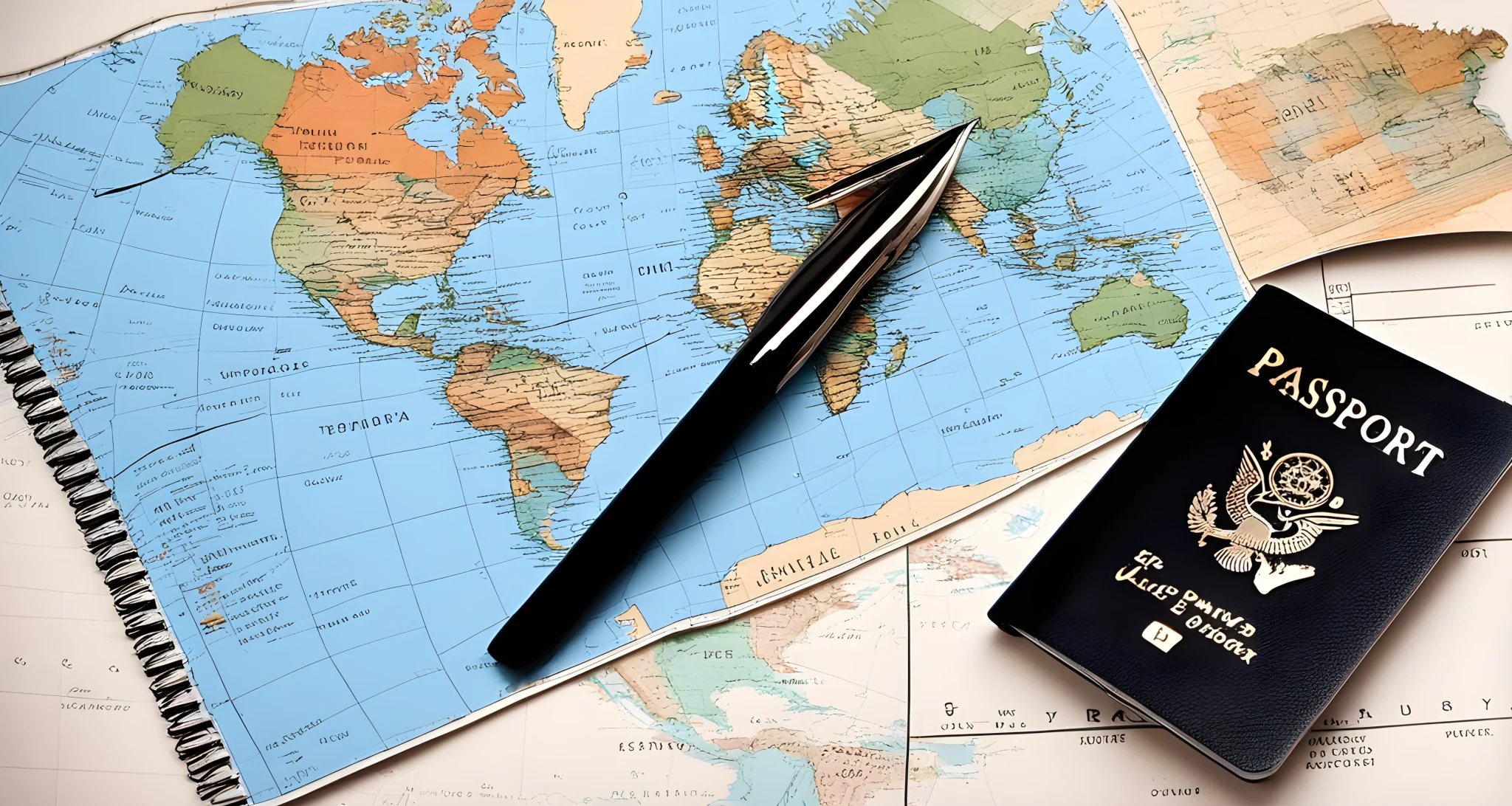
Refining Your Budget
Now that you have created a detailed travel budget spreadsheet and identified potential budget-friendly destinations, it’s time to refine your budget further to maximize your savings. Here are some tips for refining your budget:
Keep an Eye on Exchange Rates
When traveling internationally, keeping an eye on exchange rates can provide you with cost-saving opportunities. Fluctuations in currency values can make certain destinations more affordable. By taking advantage of favorable exchange rates, you can make the most of your budget while experiencing new destinations.
Research Transportation Options
Researching transportation options in advance can help you find the most cost-effective ways to get around. Look into local public transportation systems, ridesharing services, and bike rentals to save money on getting from place to place.
Look for Affordable Accommodation
Consider staying in budget-friendly accommodation options such as hostels, guesthouses, or vacation rentals. Websites like Airbnb or Long-term journey budgeting tips offer affordable lodging options that can help you stick to your budget.
Plan Your Meals Wisely
Eating out for every meal can quickly add up, so plan your meals wisely to save money. Consider staying in accommodations with kitchen facilities so you can prepare some of your own meals. Additionally, look for local markets and grocery stores where you can buy affordable food items.
Seek Out Free Activities
Research free or low-cost activities at your destination to help fill your itinerary without breaking the bank. Many cities offer free walking tours, museum days with discounted admission, and outdoor recreational activities that won’t cost a dime.
Be Flexible with Your Itinerary
Being flexible with your travel plans can open up opportunities for cost savings. Stay open to last-minute deals on accommodations, transportation, and activities that may fit within your budget.
Set Aside Contingency Funds
Unexpected expenses can arise during travel, so it’s important to set aside contingency funds in your budget. Having a cushion for emergencies or unforeseen costs will help you stay financially prepared throughout your journey.
By refining your budget with these tips in mind, you can make the most of your solo travel experience without overspending. With careful planning and consideration of cost-saving opportunities, you can enjoy new destinations while staying within your financial means.
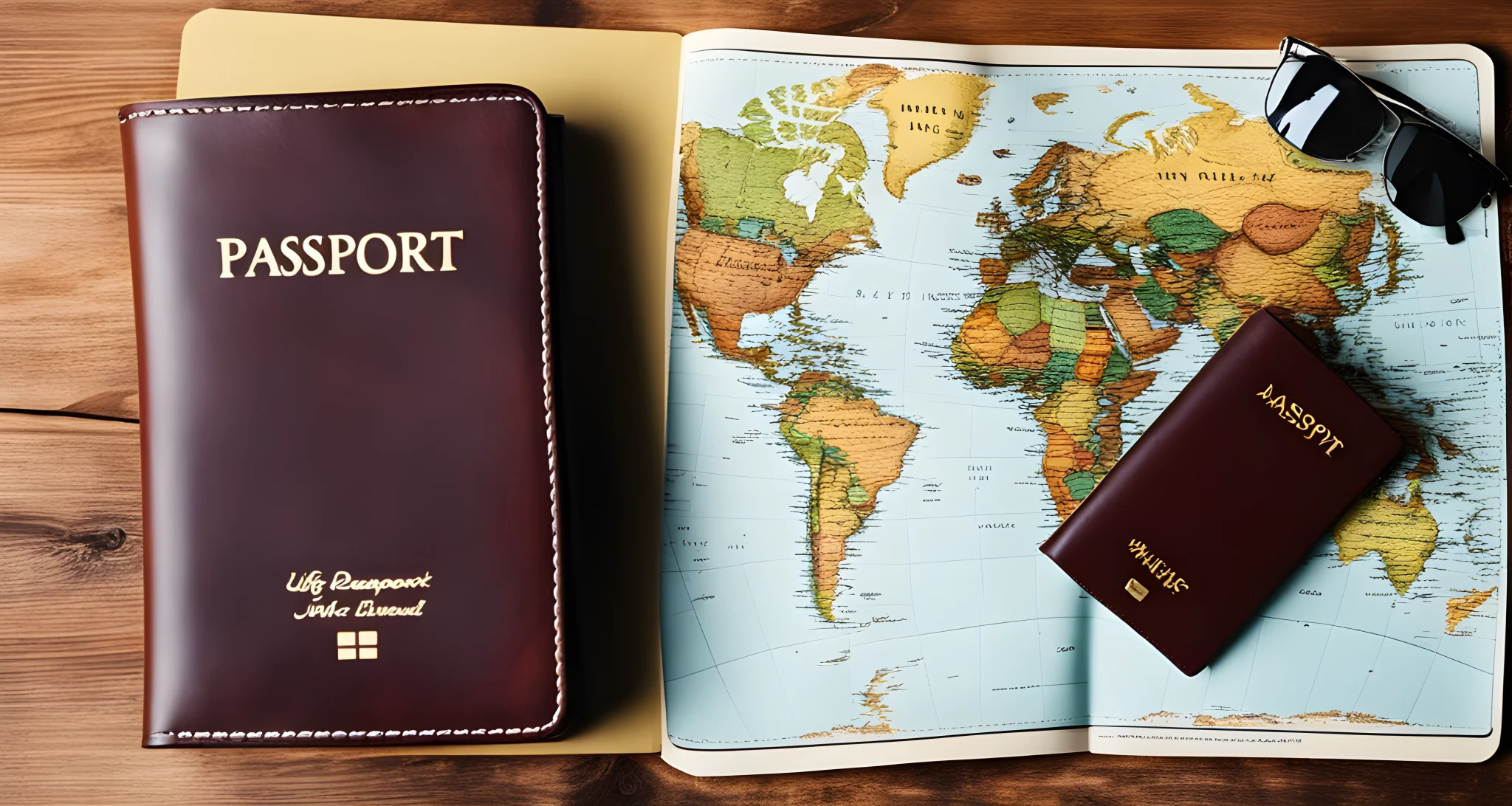
Budgeting by Item or Category
When it comes to budgeting for your solo travels, breaking down your expenses by item or category can help you stay on track financially. Here are some practical tips for budgeting by item or category to ensure you make the most of your travel funds:
Split Up Your Payment Methods
- To ensure financial security during your solo travels, it’s advisable to split up your cash and credit cards.
- By dividing your payment methods, you can mitigate the risk of loss or theft.
- This practical tip can provide peace of mind and financial flexibility throughout your journey.
Create a Detailed Expense List
- Make a detailed list of all your anticipated expenses, including accommodation, transportation, food, activities, and any other potential costs.
- Having a clear breakdown of your expenses will help you allocate funds wisely and avoid overspending in any one category.
Allocate Funds to Each Category
- Once you have a comprehensive list of expenses, allocate a specific amount of funds to each category.
- This will help you prioritize where you want to spend more or less money based on your preferences and priorities.
Use a Travel Budget Spreadsheet
- Keep track of your expenses with a detailed travel budget spreadsheet.
- This will allow you to monitor your spending in each category and make adjustments as needed to stay within budget.
Research Average Costs in Each Category
- Before setting specific budget amounts for each category, research the average costs of expenses in the destinations you plan to visit.
- This will give you a realistic idea of how much you should allocate to each category based on local prices and currency exchange rates.
Allow Flexibility in Your Budget
- While it’s important to stick to your overall budget, it’s also essential to allow some flexibility for unexpected expenses or opportunities that may arise during your travels.
- Setting aside a small contingency fund for unforeseen costs will give you peace of mind while on the road.
By following these tips for budgeting by item or category, you can effectively manage your finances while traveling solo. For more thrifty adventure pointers, check out our article on Thrifty adventure pointers for helpful tips on planning a budget backpacking trip.
FAQ
How can i save money on flights and accommodations?
You can save money by traveling during the off-season, being flexible with your destination, checking for one-way flights, and taking advantage of exchange rates when traveling internationally.
What are some budget-friendly accommodation and transportation options?
Consider staying in hostels, guesthouses, or homestays for a more immersive experience. use public transportation such as trains and buses, which are often cheaper than taxis or private transportation.
Should i carry cash or use credit cards while traveling solo?
It’s recommended to split up your cash and credit cards for security. divide your budget between the two to ensure you have access to funds even in the event of losing one or the other.
How can i stretch my budget further while traveling solo?
To stretch your budget further, consider visiting less popular destinations or those with lower costs of living. researching and planning ahead can help you find the best deals on accommodations, activities, and transportation.
